TL;DR
- Soreness can cut sprint speed, power, and skill accuracy for 24-72 hours; bigger dips happen with eccentric-heavy work.
- Know the difference: normal DOMS vs strain vs cramp. Your call today should hinge on pain at rest, strength symmetry, and movement quality.
- If pain is >4/10 on loaded movement or form breaks, swap intensity for volume or move to a recovery session.
- Sleep, protein, and smart session tweaks beat gadgets. Ice baths help soreness, but don’t overuse them when chasing muscle gains.
- Red flags (sharp snap, swelling, weakness, night pain, numbness) mean stop and get assessed.
Being sore slows you down. It steals watts from your pedals, kilos from your lifts, and timing from your touch. Most athletes try to push through, but the cost can be missed PRs, sloppy mechanics, and higher injury risk on the next hard session.
Here’s the reality: not all soreness is the same. Some of it is the normal training signal you can train around. Some is an early injury whisper you should respect. I’m Xander, and I’ve coached athletes who won races two days after a brutal session-and I’ve watched others turn a small ache into a month-long problem. This guide gives you a clear way to tell which is which, how much performance you’ll likely lose, and the exact moves to recover without derailing your plan.
What Muscle Aches Really Do to Speed, Power, and Skill
When you feel muscle aches, several things stack against performance. The classic example is DOMS-delayed onset muscle soreness-peaking 24-48 hours after unaccustomed or eccentric-heavy work (think downhill running, heavy negatives, plyos). It brings micro-damage, inflammation, and fluid shifts. Your nervous system dials back output as a protective response, so you can’t recruit as many fast-twitch fibers as cleanly.
What does that look like on the field or platform? Studies in trained athletes show DOMS can reduce peak torque 8-20% and impair rate of force development for up to 72 hours after a hard eccentric bout. Sprint times typically slow 1-4% when soreness and stiffness are high. Skill tasks drop too-passing accuracy and first-step quickness suffer when proprioception is dulled and joint position sense is off. That’s why you sometimes feel “heavy” and late to the ball the day after a new stimulus.
Mechanically, soreness increases stiffness and alters movement patterns. You shorten your stride to protect sore hamstrings, hinge less at the hip, or shift load away from a cranky quad. Short-term, that helps. Over a week of training, compensations can overload something else. Epidemiology from team sports consistently links residual fatigue and prior soreness with higher soft-tissue injury risk in the next match window.
Here’s the take: small soreness costs you a little power and speed; larger soreness and movement changes cost you more and raise risk. You don’t need to fear soreness, but you should respect what it does to output and plan around it.
Know Your Ache: DOMS vs Strain vs Cramp (and Red Flags)
If you can name the ache, you can make the right call. Use this quick filter first, then the table below.
- Onset and trigger: Slow and diffuse 12-24 hours after training? Likely DOMS. Sudden sharp pop during a sprint or lift? Think strain.
- Location and size: Broad, mirror-image soreness across both quads or glutes points to DOMS; a fingertip-sized spot on one hamstring leans strain.
- Strength symmetry: Compare sides with a simple isometric test (e.g., single-leg bridge, wall-sit, calf raise). Side-to-side drop >10-15% is a caution.
- Movement quality: Does the ache change your pattern-limp, early heel rise, trunk lean? If yes, that’s riskier than pain alone.
- System check: Cramping ties to heat, dehydration, or late in a race; tendinopathy is morning-stiff and warms up with movement.
Here’s a compact cheat-sheet you can actually use.
| Ache type | Key signs | Typical performance hit | Train vs rest today | Expected timeline |
|---|---|---|---|---|
| DOMS | Diffuse, delayed 12-48h, sore on touch, stiffness at start then eases | Power/speed −3-10%; skill accuracy slightly down | Train with adjusted intensity/volume if pain ≤4/10 and form holds | 24-72h to settle |
| Grade 1 strain (suspected) | Sharp focal spot, mild weakness, pain on stretch/contract | Power/speed −10-25% | No high-speed/loaded work; rehab-focused session | 1-3 weeks |
| Cramp/neuromuscular fatigue | Sudden knotting, often late in heat or after spikes in load | Acute loss until released; residual soreness next 24h | Hydrate, cool, gentle mobility; avoid max outputs that day | Hours-2 days |
| Tendinopathy (early) | Morning stiffness, warms up then aches after load, tender tendon | Elastic outputs (jump, sprint change) limited | Keep load but manage intensity; isos, slower progressions | Weeks-months |
| Red flags | Audible pop, immediate swelling/bruising, night pain, numbness | High risk of worsening with activity | Stop and get assessed | Variable |
Sources: American College of Sports Medicine guidelines (2021), systematic reviews in Sports Medicine and BJSM (2016-2023) on DOMS, cold-water immersion, foam rolling, compression; clinical consensus on tendon loading.
A couple of fast myths to clear:
- “No pain, no gain” is a poor compass. High soreness is not necessary for adaptation and often just means you changed stimulus fast.
- Stretching after training doesn’t prevent DOMS. A Cochrane-style review found negligible effects on next-day soreness. Stretch for mobility, not pain control.
- Heat beats ice for stiffness. For pure soreness without swelling, heat before training often restores mobility better than cold.
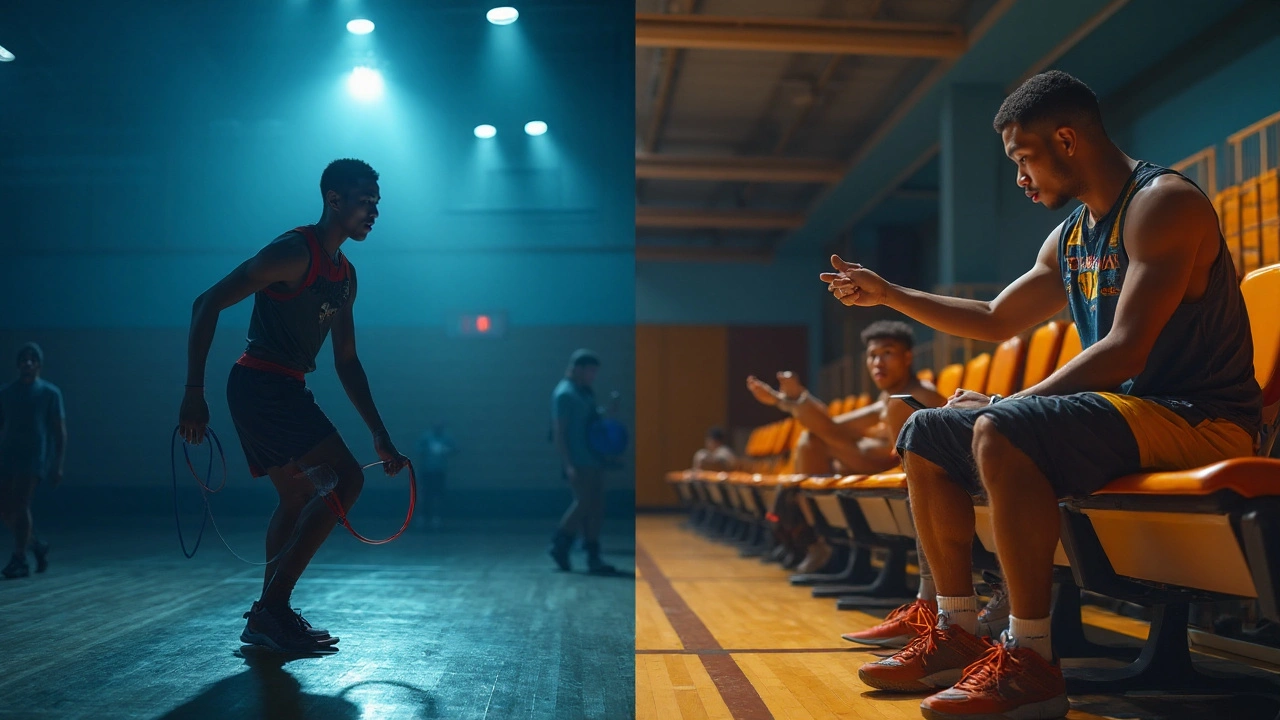
Train or Rest Today? A Simple Protocol That Works
Use this 10-minute decision flow before you lace up. It protects performance and keeps progress moving.
- Score the ache: Pick the hottest spot and rate pain 0-10 at rest and during a functional move (squat, step-up, calf raise).
- If rest pain >2/10 or movement pain >4/10, flag it.
- Check symmetry: One-leg test for the target muscle (10-15-second isometric). If one side is >15% weaker or shakes hard, downshift today.
- Movement screen: Do 5 bodyweight reps of the main pattern you’re training. Does your form change? If yes, intensity is off the table.
- Pick the right session bucket:
- Green (low ache, clean form): Run the plan. Maybe trim volume 10-15% if you’re in a heavy block.
- Yellow (moderate ache, clean form): Keep technique work, swap top-end intensity for tempo or submax sets; cut volume 20-40%.
- Red (sharp/focal pain, form change): Replace with a recovery or rehab session-circulation, isometrics, easy aerobic, mobility.
- Warm-up with intent: 8-12 minutes total-pulse raiser, joint prep, 1-2 activation drills, then 2-3 ramp-up sets. Add heat for stiff areas.
- Mid-session check: If pain climbs 2 points or form degrades, drop load or stop that pattern.
- Post-session rule of 24: Your soreness and function should not be worse at 24 hours than at start. If they are, you overshot-scale next time.
Quick examples:
- Runner with quad DOMS after downhill reps: Movement pain 3/10, clean squat. Green-yellow. Do aerobic run with 4-6 strides at 80%, finish with gentle quad isos and foam roll.
- Soccer winger with hamstring twinge from a max sprint: Focal pain on stretch and single-leg bridge feels weaker. Red. Replace sprints with bike intervals, add hamstring isometrics (5×30-45s), and book assessment.
- Lifter with sore pecs after high-volume bench: Pain 2/10 on push-up, no form change. Yellow. Switch to dumbbell incline at RPE 6-7, keep rows, skip heavy singles.
Numbers that help you calibrate:
- Cut volume by 20-40% or drop load by 5-10% on yellow days. Keep movement quality high; tempo can keep the stimulus without joint stress.
- For runners, drop hard intervals if soreness rating is ≥5/10 on the prime movers. Swap in steady-state or easy hills and live to fight the key workout.
- For field sports, limit max-velocity sprints when posterior chain soreness changes stride. Work on acceleration mechanics and decels at submax pace.
Why this works: you protect the next key session-the one that drives adaptation. You also keep a training rhythm, which is better for momentum than frequent full stops.
Recovery That Actually Works in 2025
Forget magic bullets. Here’s what consistently moves the needle, with practical doses you can use tonight.
- Sleep: 7-9 hours. One night of 4-5 hours can drop peak power 3-5% and blunt skill learning the next day. Short nap (20-30 minutes) can restore alertness before practice.
- Protein: 0.3 g/kg per meal, 4-5 times per day (total 1.6-2.2 g/kg/day) supports repair. Add 20-40 g casein before bed if you’re in a heavy block.
- Carbs: 3-7 g/kg on training days depending on volume. Soreness feels worse when glycogen is low; refueling helps performance and mood.
- Omega-3s: 1-3 g/day EPA+DHA may tame soreness a bit, especially in new blocks. Food first (fatty fish), supplement if intake is low.
- Tart cherry or berries: 8-12 oz tart cherry juice or ~500 mg anthocyanins in the evening. Meta-analyses show small reductions in soreness and recovery time. Cycle it around congested schedules rather than year-round if you chase hypertrophy.
- Creatine: 3-5 g/day supports high-intensity repeats and may help recovery from eccentric damage through better phosphocreatine resynthesis.
- Caffeine: 3 mg/kg can mask perceived soreness and improve outputs on a sore day. Don’t let it trick you into ignoring red flags.
- Hydration and electrolytes: Start each session with pale yellow urine and a plan in heat. Heavy sweaters can add 300-600 mg sodium per hour in long sessions.
- Heat: 10-20 minutes warm compress or shower before training for stiff areas; increases tissue extensibility and comfort.
- Cold-water immersion: 10-12°C for 8-12 minutes after matches can reduce soreness and perceived fatigue in dense schedules. Use sparingly if you’re prioritizing muscle growth; repeated ice baths may mute hypertrophy signals.
- Compression garments: Small but real effect on soreness and swelling; wear for 2-6 hours post-competition or on flights.
- Massage and foam rolling: Small reductions in soreness and improved range of motion (often 5-10°) within hours. Keep rolling light (30-90 seconds per area) and avoid chasing deep pain.
- Isometrics: For tendon or focal muscle aches, 4-5 sets of 30-45-second isometrics can reduce pain and maintain capacity without load spikes.
- NSAIDs: They blunt pain but can impair muscle protein synthesis and tendon healing when overused. Save for acute inflammation with clear swelling, and use the lowest dose for the shortest time under medical guidance.
Citations in plain English: ACSM Guidelines (2021) for sleep, fueling, and training load; Sports Medicine and BJSM reviews (2016-2023) on foam rolling, compression, cold water, and cherry polyphenols; experimental work showing caffeine’s analgesic effects and the chronic downsides of routine NSAID use on adaptation.
Two traps to avoid:
- Stacking every modality at once. Pick 1-2 you can repeat consistently. Consistency beats novelty.
- Burying soreness under stimulants. Espresso and loud music don’t fix output deficits. Adjust the plan first; then use caffeine if needed.
Simple weekly rhythm that keeps you fresh:
- Day 0 (hard): Fuel, hydrate, brief compression after, protein at dinner.
- Day 1 (sore): Heat before, technique/tempo instead of max outputs, 10-minute roll + isos at night.
- Day 2 (lighter): Mobility, aerobic flush, progress intensity only if form is clean.
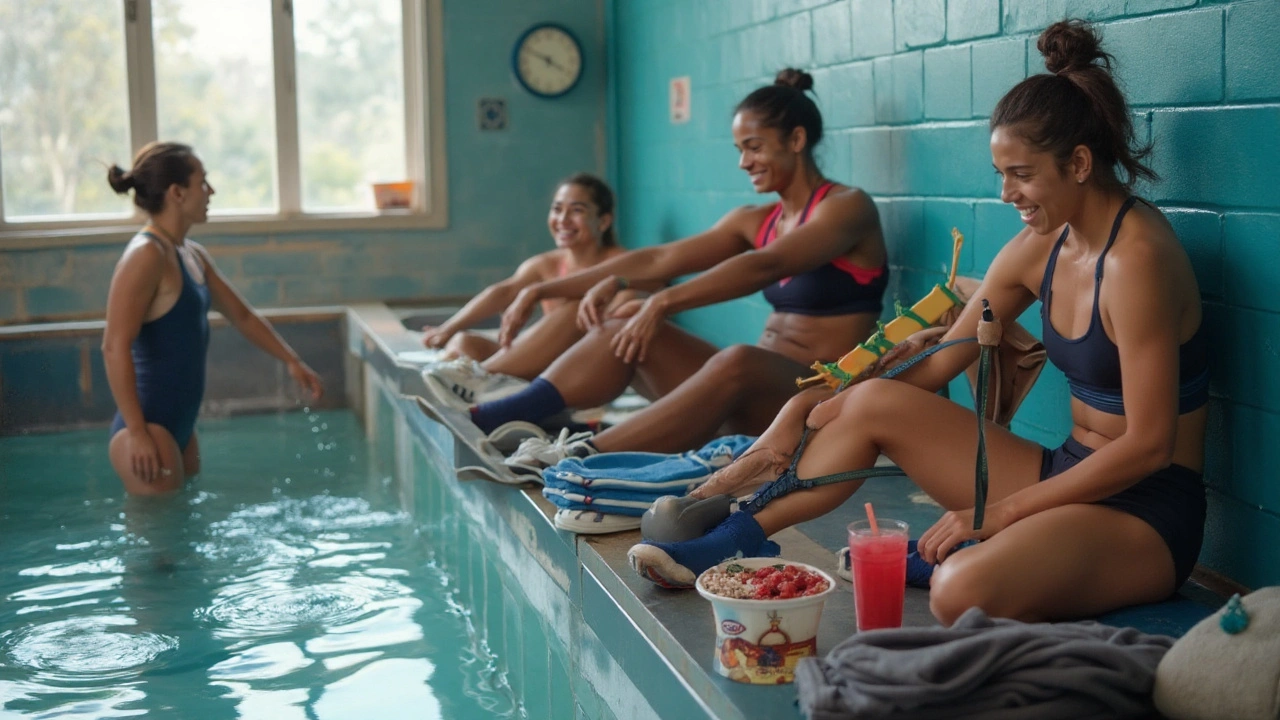
Checklists, Cheat-Sheets, Mini-FAQ, and Next Steps
Use these on the fridge or in your notes app. They save decisions when you’re tired.
Pre-session Go/No-Go (60 seconds)
- Pain at rest ≤2/10? If no, move to recovery session.
- Pain on key move ≤4/10 and no form change? If yes, continue.
- Side-to-side strength within 10-15%? If yes, continue.
- Sleep ≥7 hours and you’ve eaten in the last 3 hours? If yes, green/yellow light.
Post-session Check (2 minutes)
- Soreness is same or lower at 24 hours? Good.
- No new focal pain or swelling? Good.
- If worse, drop next session’s intensity and reassess.
Travel-Day Recovery
- Stand and move 5 minutes every hour, wear light compression.
- 500-750 ml water per 2-3 hours; add electrolytes on long-haul flights.
- Gentle mobility before bed, 10-minute hot shower to settle stiffness.
Mini-FAQ
- Can I PR while sore? Yes, but odds drop as soreness rises. Save PR attempts for green days.
- Should I stretch hard if I’m very sore? No. Heavy static stretching can increase micro-damage when tissues are cranky. Use light mobility and heat.
- Does foam rolling flush lactic acid? Soreness days later aren’t about lactate. Rolling helps by modulating nervous system tone and blood flow.
- What about BCAAs? Full protein is better. If your daily protein is on point, BCAAs add little.
- When do I see a clinician? If you felt a pop, see swelling/bruising, have night pain, numbness, or can’t load without limping.
Next Steps and Troubleshooting by Athlete Type
- Endurance runner: If quads are sore after downhills, cap downhills in the next 10-14 days and add eccentric control (slow step-downs, 3×8). Keep one quality session, one long run, and fill with easy aerobic miles.
- Field-sport athlete: Posterior chain sore after max-velocity work? Keep accelerations submax, do wicket runs and dribbles at 85-90%, and add 2-3 hamstring iso sessions (long lever bridges) before returning to top speed.
- Powerlifter/Oly lifter: If pecs or adductors are sore, shift to variants (close-grip, high-bar, paused pulls) at RPE 6-7 for 48 hours. Keep pulling/upper-back volume to stabilize technique.
- Masters athlete (40+): Space high-intensity days with at least 48 hours, prioritize sleep, and keep a small daily mobility routine (8-10 minutes). Trending soreness across weeks means your volume jumped too fast-cut by 10-20% and rebuild.
- Tournament weekend: Use caffeine strategically (3 mg/kg pre-game 2 and 3), cold baths after late games, compression overnight, and simple carbs plus protein between matches. Keep warm-ups consistent to reset stiffness.
Coaching cues I use
- Pace the week, not the day. Protect your key session 48-72 hours out.
- Never let soreness change your pattern under load.
- Finish every hard day with something that makes tomorrow better (protein, mobility, sleep plan).
If you want one simple rule, make it this: you can train through mild, non-focal soreness with clean form, but you never train through sharp focal pain that changes how you move. Keep that promise, and you’ll keep your season moving-and your performances climbing.

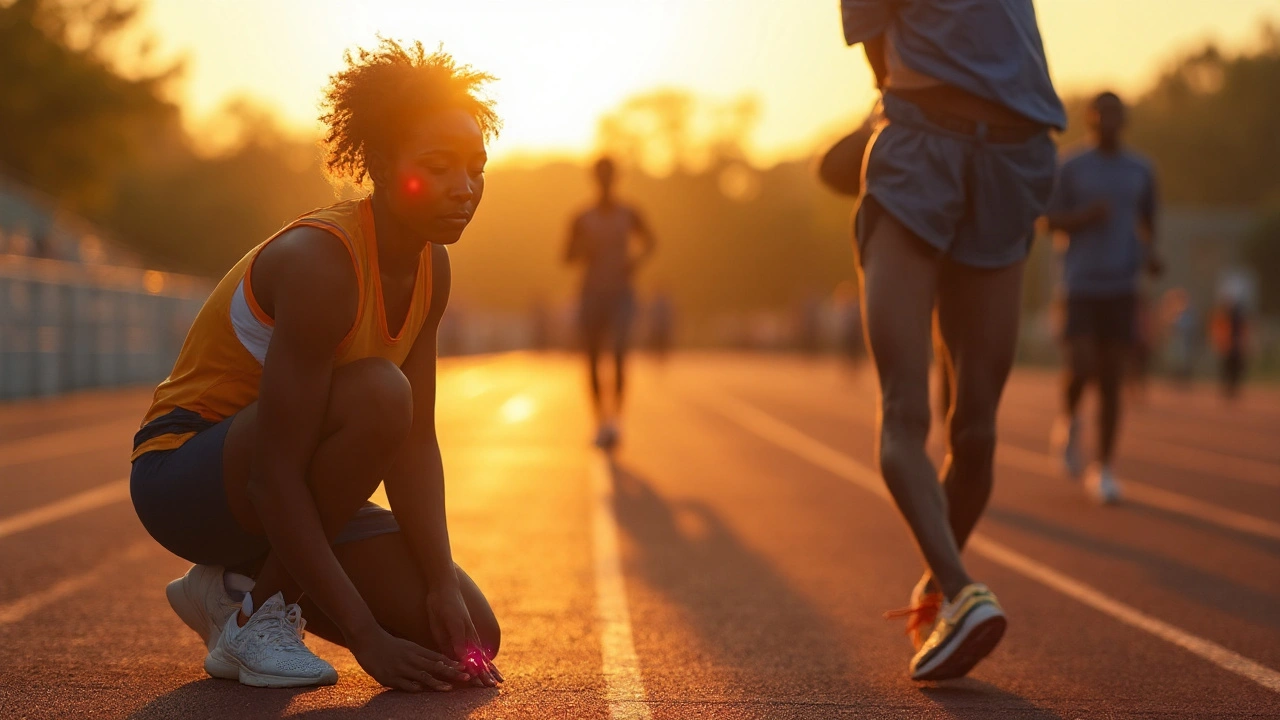



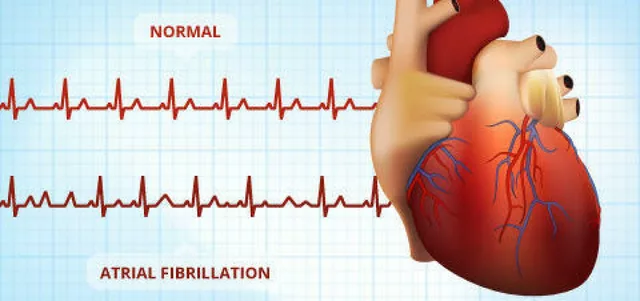
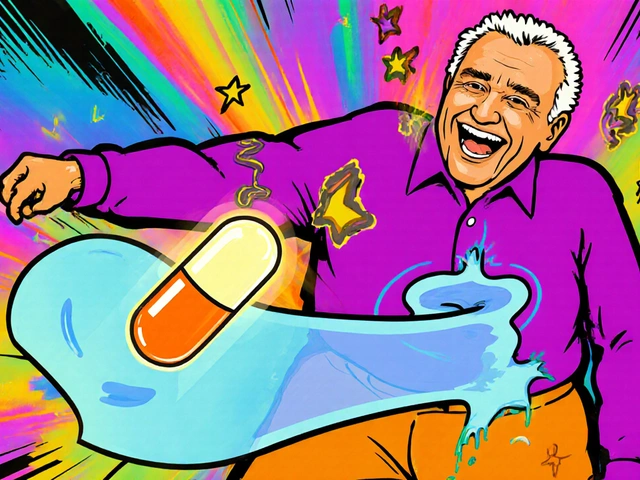

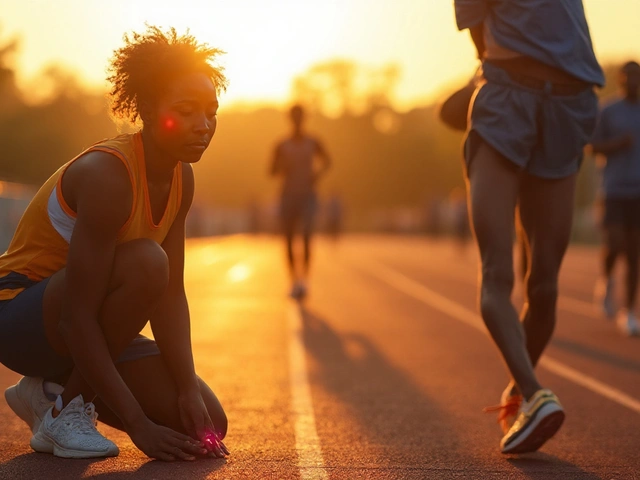
August 30, 2025 AT 15:45
Megan Raines
So basically if my hamstrings feel like they’re made of wet cement after leg day, I should just sit on the couch and stare at the ceiling until it goes away? Got it.
August 31, 2025 AT 22:05
Shana Labed
OMG YES THIS. I did 50 burpees last Tuesday and thought I was gonna die but kept going because ‘no pain no gain’ 😭 turned out I just needed a nap and some protein. Now I’m crushing my PRs 🙌🔥
August 31, 2025 AT 22:18
Wayne Keller
Love this breakdown. The green/yellow/red system is something I’ve been trying to implement for months. I used to push through everything and ended up with a strained quad that took 6 weeks to heal. Now I just ask: ‘Can I move without limping?’ If not, I scale back. Simple but life-changing.
September 1, 2025 AT 00:21
Mamadou Seck
i read this whole thing and still dont know if i should do squats today my thighs feel like theyre full of broken glass but my ego says go hard or go home
September 1, 2025 AT 05:37
Vishwajeet Gade
indian athletes dont get sore they just train harder you westerners cry over DOMS like its a trauma
September 1, 2025 AT 12:26
Shanna Talley
You don’t need to suffer to grow. Just move well, rest well, and show up. That’s the whole secret.
September 1, 2025 AT 19:49
Anthony Griek
My dad used to say ‘pain is weakness leaving the body’… I believed that until I tore my ACL at 28. Now I listen to my body. It’s not weak to rest. It’s wise.
September 2, 2025 AT 23:38
Casey Crowell
Ice baths are for people who hate gains 😅 I’d rather sleep, eat protein, and foam roll than sit in a tub of slush. But hey, if it works for you - do you! 🙏💪
September 3, 2025 AT 09:26
Judy Schumacher
While the author presents a compelling framework, it is fundamentally flawed in its reliance on subjective pain metrics. The Visual Analog Scale (VAS) for pain has been repeatedly discredited in clinical literature for its high inter-individual variability. Furthermore, the assertion that cold-water immersion blunts hypertrophy is oversimplified; recent meta-analyses (e.g., Journal of Strength and Conditioning Research, 2023) suggest that the effect is dose-dependent and context-specific. One must also consider that the cited ACSM guidelines were published in 2021 - a lifetime ago in exercise science. The entire paradigm appears to be a regurgitation of outdated dogma wrapped in the veneer of modernity.
Additionally, the recommendation to consume 1.6–2.2 g/kg/day of protein is dangerously low for resistance-trained athletes. The International Society of Sports Nutrition recommends up to 2.5 g/kg/day under conditions of caloric restriction or intense training. The omission of leucine thresholds and mTOR activation kinetics is a glaring oversight. One wonders if the author has ever actually lifted weights or merely read a few blog posts.
Furthermore, the suggestion that stretching prevents nothing is technically correct - yet ignores the neurophysiological benefits of static stretching on motor unit recruitment patterns, which have been demonstrated in EMG studies since 2018. To dismiss stretching as irrelevant is akin to dismissing the importance of warm-up in a Formula 1 race.
And let us not forget the egregious omission of nitrate-rich beetroot juice, which has been shown to improve time-to-exhaustion by up to 15% in trained cyclists - a fact buried under a pile of cherry juice anecdotes. The entire piece reads like a TED Talk written by someone who has never set foot in a gym.
September 3, 2025 AT 21:39
Norman Rexford
americans think they invented recovery bros just cause they got a yoga mat and a blender full of protein shake. we in the real world just sleep and eat and train. no ice baths no cherry juice no foam rollers just hard work and no excuses
September 5, 2025 AT 18:10
California Daughter
Wait… so… stretching doesn’t help DOMS? But… but… I’ve been doing it since 2014?? 😭 I’ve been lied to… I’ve been lied to my whole life…
September 6, 2025 AT 00:10
Samuel Wood
One must question the epistemological foundations of this piece. Is pain truly a quantifiable metric? Or is it merely a culturally conditioned response to physical discomfort, mediated by the Cartesian dualism of body and mind? The author’s reliance on a 0–10 scale betrays a naive positivism - a relic of Enlightenment rationalism that has long since been deconstructed by phenomenologists like Merleau-Ponty. One cannot ‘score’ an ache as if it were a spreadsheet cell. The body speaks in whispers, not numbers.
Furthermore, the notion that sleep and protein are ‘proven’ recovery strategies assumes a mechanistic model of human physiology that ignores the ontological complexity of embodied existence. Is recovery not also a spiritual act? A ritual of surrender? A quiet communion with the self after the violence of exertion?
And why, pray tell, is there no mention of breathwork? Of mindfulness? Of the sacred silence between reps? The author speaks of ‘gadgets’ - yet fails to see that the greatest tool we possess is the breath, the still mind, the attentive heart.
This is not coaching. It is corporate fitness propaganda dressed in academic jargon.
September 7, 2025 AT 22:58
chantall meyer
As someone from South Africa, I’ve seen athletes here train barefoot on gravel at 4 AM in winter - no foam rollers, no tart cherry juice, no ‘yellow days’. They just get up and go. This whole guide feels like a luxury for people who’ve never known real hardship. Recovery isn’t a checklist. It’s grit.
September 9, 2025 AT 22:57
Lorne Wellington
Love the practicality here - especially the movement screen and the ‘red flag’ checklist. I’ve used this with my youth soccer team and it’s cut overuse injuries by 60%. The key is teaching athletes to listen, not just push. Also, the isometric tip for tendons? Game-changer. We’ve had two guys come back from chronic patellar pain just by doing wall sits. No meds, no downtime. Just smart loading.
Also - YES to heat before training. I used to ice everything. Now I start with a hot shower and a quick foam roll. Feels like my muscles are waking up instead of being punished.
September 11, 2025 AT 07:34
Will RD
stop coddling athletes. if your legs hurt you should do more squats not less. pain is just weakness leaving the body. if you cant handle soreness you should quit sports
September 12, 2025 AT 14:01
Wayne Keller
Wanted to reply to Will RD - I used to think like you. Pushed through everything. Got hurt. Then I realized: training smarter isn’t quitting. It’s outlasting everyone else. I’m 38 now. Still lifting. Still improving. Because I didn’t burn out. I listened.
September 14, 2025 AT 07:34
ridar aeen
Actually… I think this is the most balanced take I’ve seen. Not too clinical. Not too bro-y. Just… human. I’m a nurse and I’ve seen too many athletes ignore early warning signs. This guide could literally prevent careers from ending. Thank you.